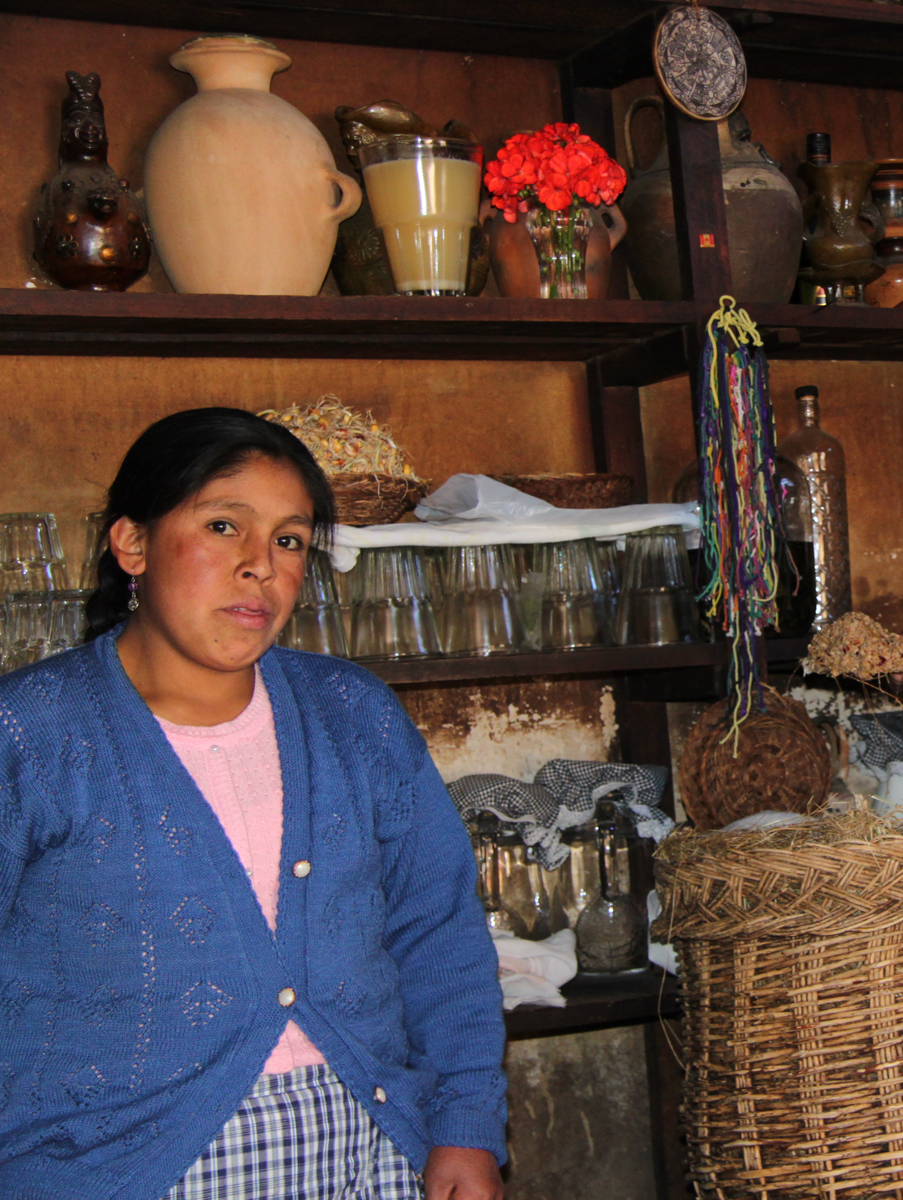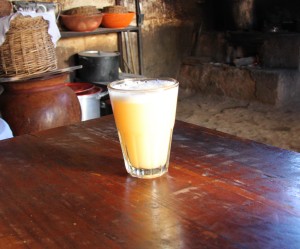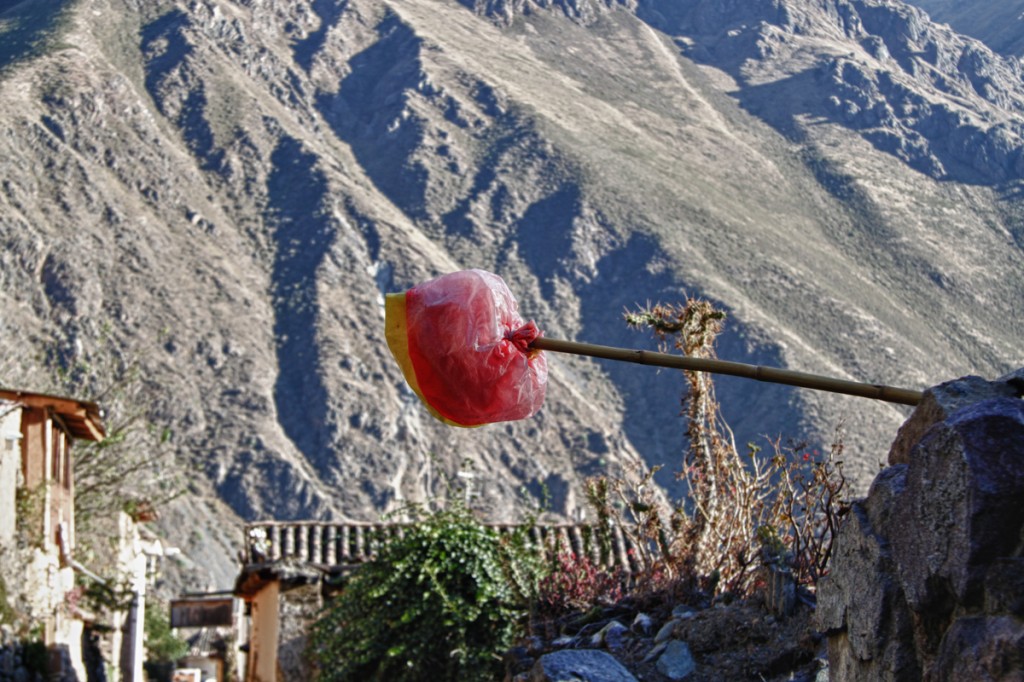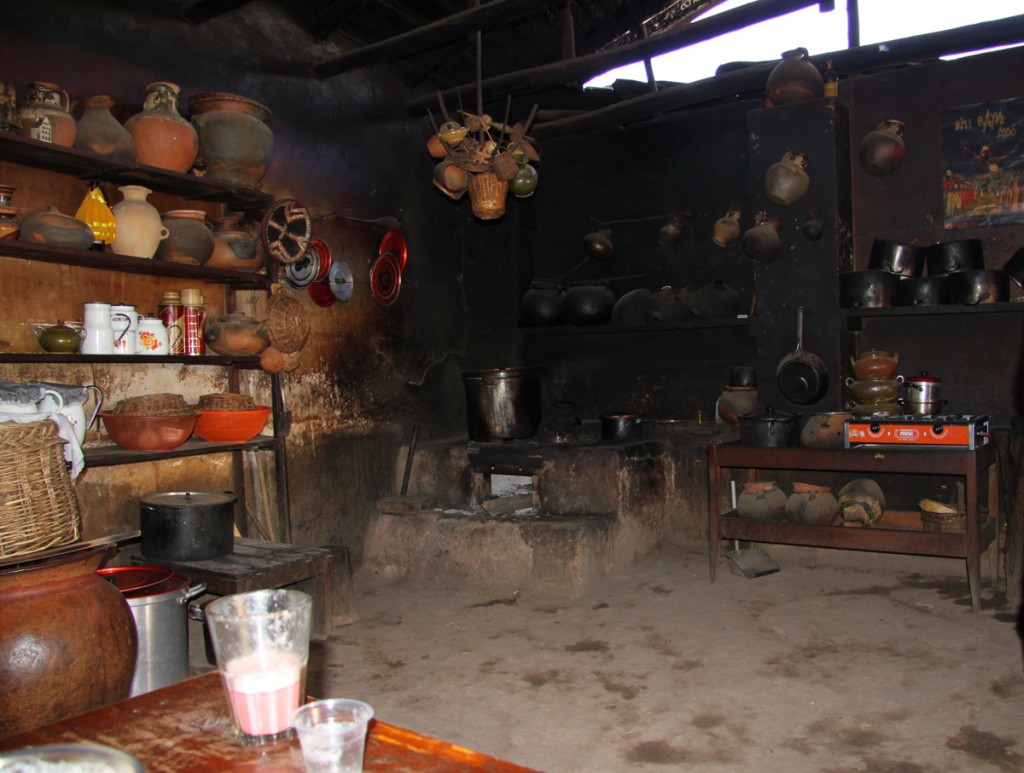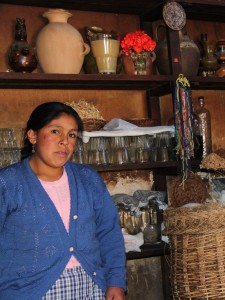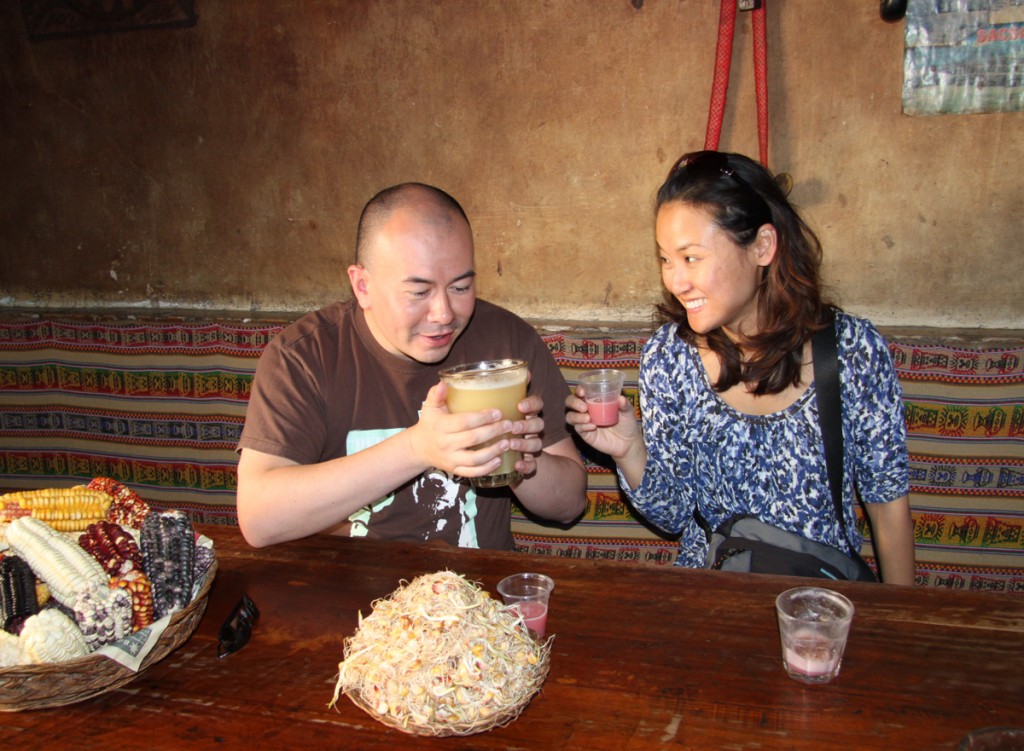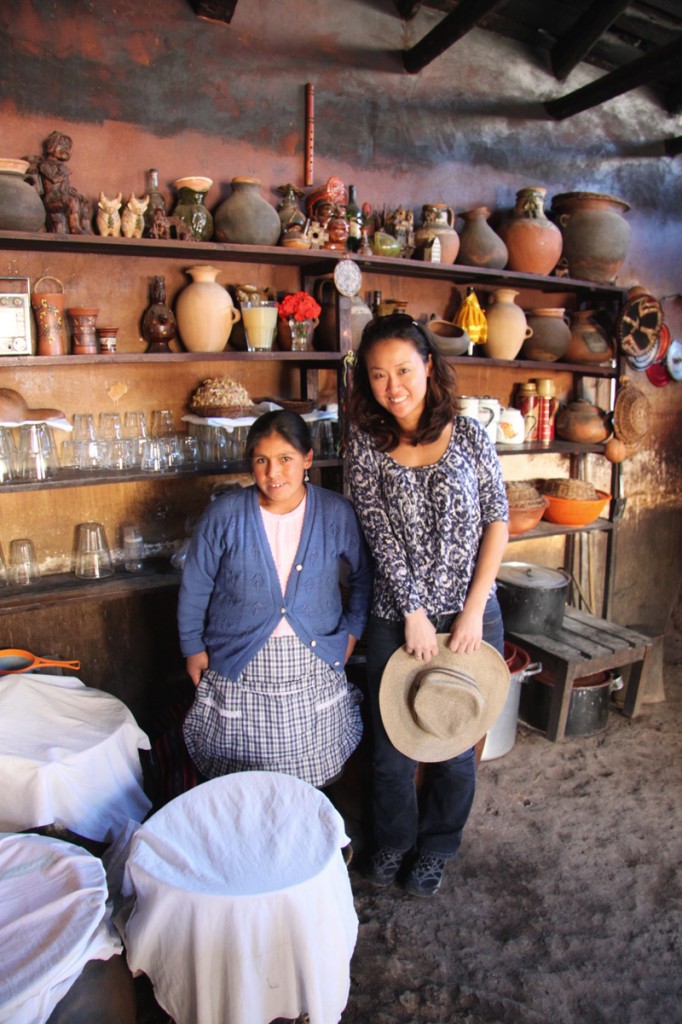Chicha – Peru’s Liquid Gold
One of my not-so-secret joys is discovering a pub or beer hall that brews their own magical elixir. The result? You discover limitless expressions of flavor – subtle hints of coriander, orange peel and other spices. It’s an adventure in taste and one where the beer-maker leads you away from the mainstream equation of what’s considered to be good beer.
I’ve uncovered a number of pubs in the United States and Europe that fit this bill. Surprisingly, it was a trip to South America in 2010 that uncovered a large concentration of brewpubs, a veritable treasure trove of watering holes, many of which were located in local homes!
While touring the mysterious and beautiful agricultural terraces of Peru’s Sacred Valley and just outside the historic Inca city of Ollantaytambo, we encountered countless red bags hung on the ends of wooden poles that were mounted on the sides of village homes. After the twentieth or so wooden pole with a red bag flapping in the wind, I pointed one out and asked our guide about the significance of this strange sight.
The red bags advertised the location as a chicharia – a pub, and I use the term “pub” loosely, that brews their own maize-based beer called chicha. Our guide explained that many local residents brew different varieties of chicha for sale to supplement their incomes.
After inquiring about the different types of chicha, our guide detected my growing interest in the home brew. Anticipating my next line of questioning, he attempted to preemptively shoot down my next logical request. “Your Western palette probably won’t like it and usually, a lot of tourists get very sick after trying chicha,” he warned.
“Not a problem. I really want to try this chicha!” My wife rolled her eyes, of course, especially given my knack for diving off the deep end when it comes to food or drink. Fortunately, my persistence paid off. Since our tour was private and devoid of the limitations of a typical rigid tourbus itinerary, we had the option of defining our agenda as we went along… and passing on the local hootch would have been more blasphemous than skipping out on sightseeing Machu Picchu in my book.
We stopped at a local chicharia that our guide knew well. The recognizable wooden pool with a red bag was displayed on the outside of the home. While we were the only guests, the chicharia was open for business and the chicha was flowing!
Once we entered, it was evident that we were in someone’s home. The “bar” consisted of a simple heavy wooden table with bench seating set in what was clearly the kitchen of the home. The floors were loosely packed dirt and the cement walls were blackened with soot from years of wood fire cooking. A make shift planked roof partially covered us from the elements.
A few large ceramic casks sat near the large wooden table with white cloth draped over the tops of the casks, undoubtedly filled with chicha. The unmistakable scent of magical fermentation was alive in the room.
Our guide introduced us to Flora, the owner and operator of the chicharia. She eagerly plunked down two large glasses of chicha on the wooden table. The brew, almost a luminescent golden color, looked vaguely like unfiltered Belgian wheat beer.
The typical recipe for Chicha starts with grinding corn and boiling it with water and sugar. The resulting liquid is strained through a basket that filters out most, but not all, of the corn solids. Stored in large ceramic vats, the batch is left to ferment for several days. The brew, conveniently, is served directly from the ceramic vats.
I’ve often heard chicha described as sour and unpleasant. I found the flavor to be mildly sweet. There was also a tinge of sourness that balanced the sweetness. There was some effervescence that accentuated the sourness on the tongue. This isn’t a combination that everyone would like, given the conflicting flavors.
Texturally, chicha might be a challenge for some since fragments of corn are present in every sip. I’m sure these little corn nuggets could easily be filtered out, but I actually enjoyed the rustic experience, chunks and all. If anything, chicha was refreshing to my palate… especially on a hot day.
Chicha and chicharias are a part of a rich thousand year tradition of the Andean region of South America. If you find yourself traveling the historic countryside of Peru, you’ll no doubt bump into a wooden pole with a red bag hanging of the end. If you have a strong stomach, roll the dice and give chicha a shot!

